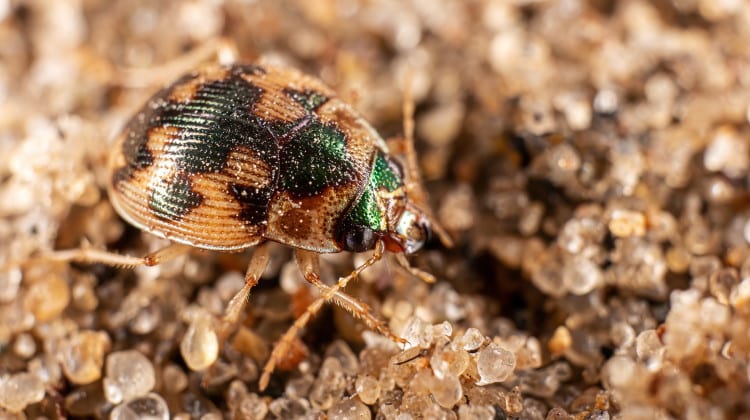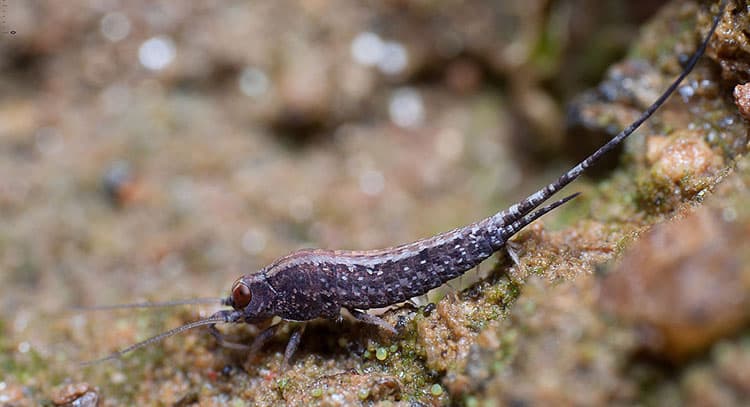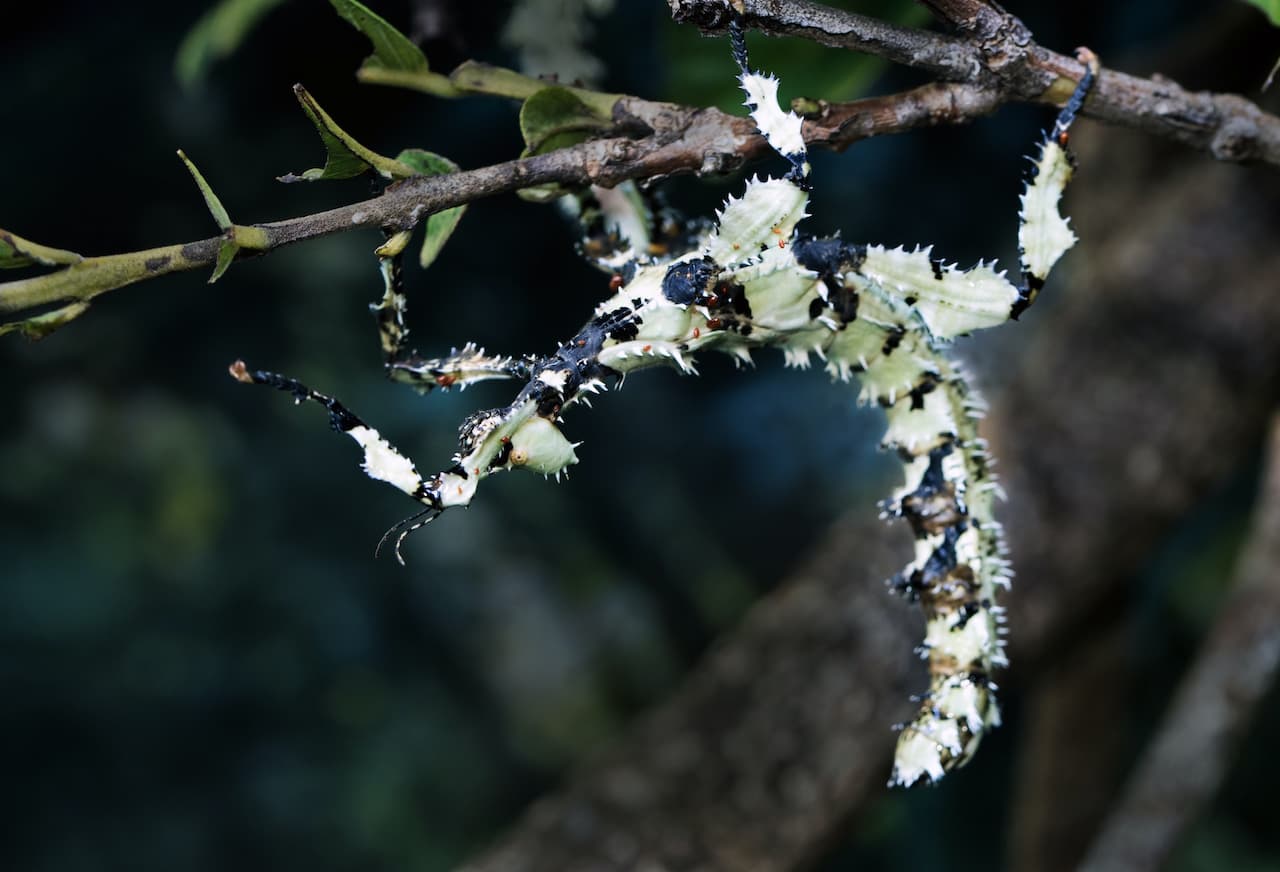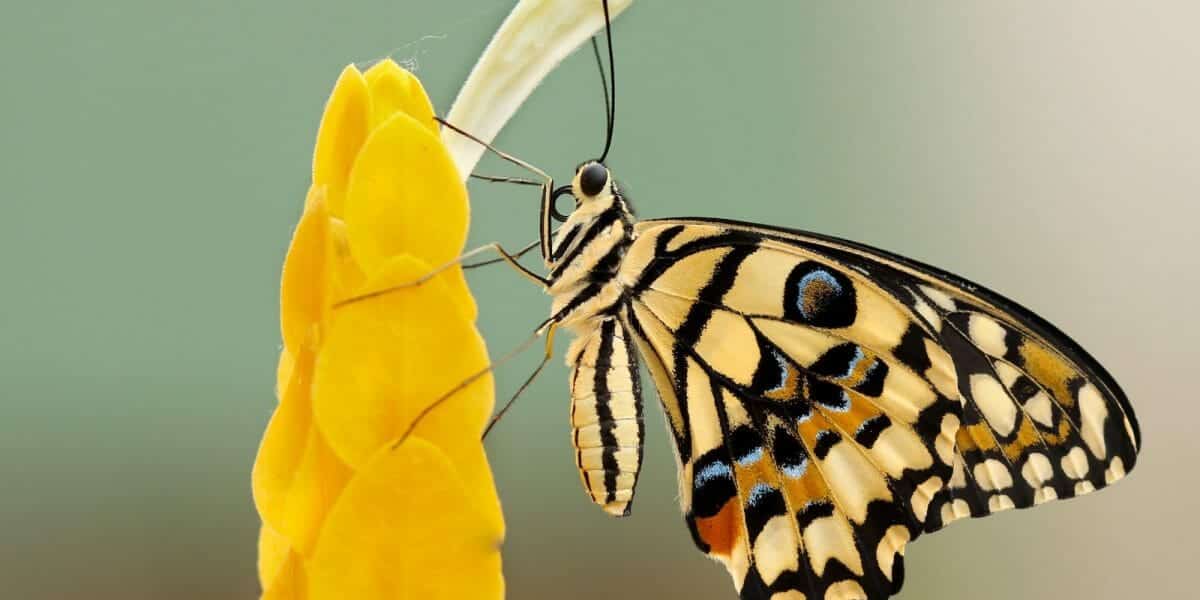Apidae: A Family Of Social & Sometimes Stingless Bees
Not all the Apidae are social. Those that are not social, which is most of them, are called Solitary Bees. find out about them on a separate page.
Social Bees have a long history of association with man. 9,000 years ago, gathering wild honey was already such an important part of mankind’s activities that he was painting scenes about it on the walls of his caves.
A few thousand years later, people in China and Egypt were keeping honey bees in hives made out of wicker baskets. Nowadays, thousands of pages of literature are devoted to Honey Bees and their culture every year.
Recently a subspecies of Apis mellifera, A.mellifera scutellata has become infamous as the Africanised Honey Bee. Honey Bees however are not the only social bees, both the Bumble Bees (Bombinae) and the mostly South American Stingless Bees (Meliponinae) are also social.
Use the links below to skip to the relevant part of the page:
Bumble Bees
Bumble Bees are the least advanced of the major groups of Eusocial Bees. Their foraging is limited by the fact that they have not evolved any means of communicating information regarding utilizable resources.
There are about 300 species of Bumble Bee world wide. They are either of the normal nest-building, brood raising type (all those in the genus Bombus) or else they are ‘Social Parasites’ on these hard working types (and are in the genera Psithyrus known as ‘Cuckoo Bumblebees’).
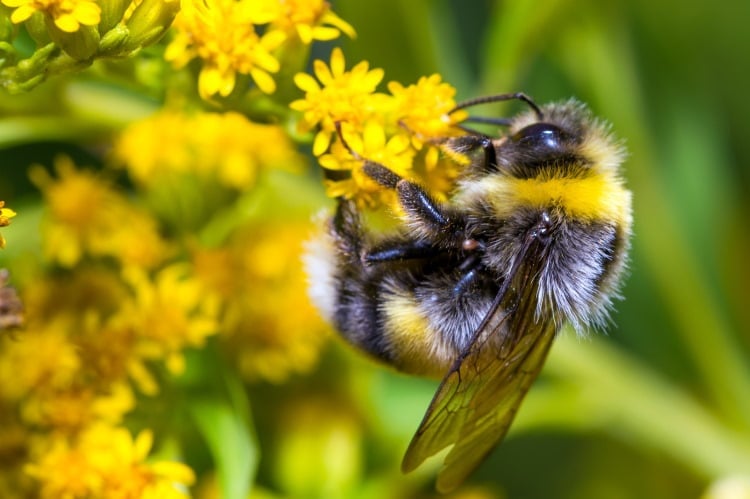
The social parasite Queen waits until her host has built the nest and raised a few workers, then she sneaks into the nest. Generally she is discovered and attacked by the workers, however she has a stronger, thicker cuticle than her hosts – and often remains undeterred by their attacks.
If there are not enough workers to drive her off, the Parasite Queen will gain entry to the nest and kill the reigning Queen. The workers will then accept her as their new Queen and look after the eggs she lays. These eggs develop into adult sexuals who disperse and then mate, before the females hibernate – ready for next year. The males die off in Autumn.
There are no worker Psithyrus and new Psithyrus are always raised by stolen Bumble Bee workers.
Psithyrus Queens always look very like their hosts. Bumble Bees, unlike the other eusocial bees, are nearly all confined to the north temperate zone. There are very few species in South America and the East Indian Archipelago. The British Bombus ruderatus has been successfully introduced into New Zealand in order to pollinate clovers; and has from their been introduced into South America.
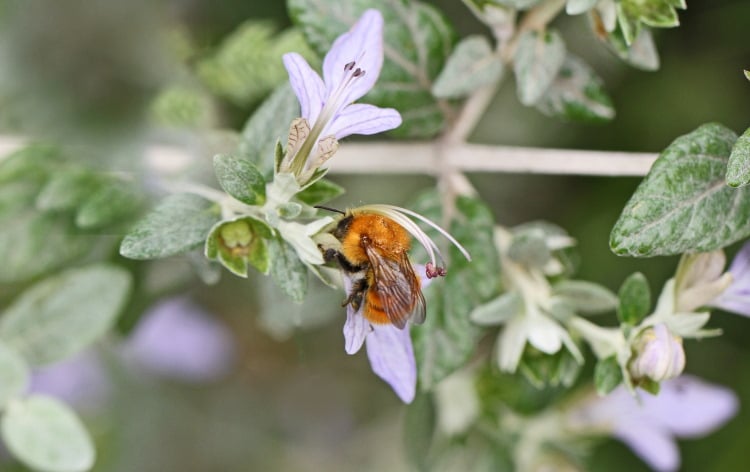
Bumble Bees are also unlike the other eusocial bees, in that their colonies generally last for less than a year. The males and workers of the old colony die off in the Autumn, while the newly mated young Queens hibernate over winter in a hole in the ground – emerging in the spring to start up a new colony on their own.
New colonies are situated in existing holes in the ground and – like many Vespine Wasps – Bumble Bees like abandoned rodent nests best.
There are 19 species of true Bumble Bee Bombus in Britain and 6 species of Social Parasites Psythirus.
A Bumble Bee learns how to forage efficiently through trial and error. Their first efforts are generally slow and clumsy, often wasting time and effort on inefficient collection techniques and visiting nutritionally worthless flowers.
However, within a few hours the young bee has acquired the habit of ‘majoring’ on one prevalent and valuable resource – while ‘minoring’ on one or more less rich or available resources. Experienced foragers show a similar learning pattern when changing to a new ‘major’ species.
This habit of ‘Majoring and Minoring’ was first described by a guy called Hienrich in 1976. He also showed that the choice of ‘major’ flower for the day was made by the individual bee, with bees from the same colony majoring on different flowers on a given day.
This flexible foraging technique allows Bumble Bees to take advantage of temporary abundances of one flower species, while keeping aware of changes in quality or abundance of other resources. It also allows the bees to take advantage of the fact that different flowers produce the bulk of their nectar crop at different times of day.
Bumble Bees use a variety of visual stimuli to locate suitable flowers, including colour, form (of the flower, if it is large and of the plant, if the flowers are small) and location. Bumble Bees will return to the position occupied by a useful flower even if the flower has been removed. They also use a variety of non-visual clues such as taste and odour.
Bumble Bees are the only group of eusocial insects to initiate nectar theft. They do this by biting a hole in the base of the nectar spur, or some other suitable part of the flower – in order to allow themselves access to nectar from flowers they would otherwise be unable to get the nectar from.
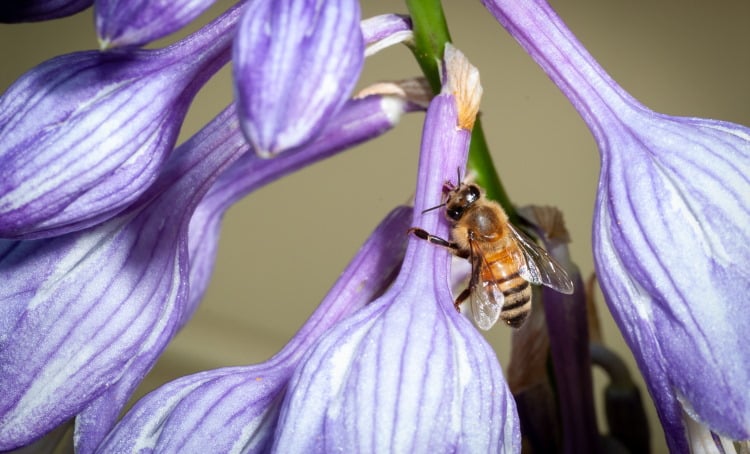
Though Bumble Bees are the only ones to make the holes, these holes are often used by Honey Bees later. Generally speaking, it is short tongued species of Bumble Bee such as Bombus terrestris and Bombus lucorum in Europe that instigate this thievery.
Bumble Bees ‘grade’ the flowers they visit, according to the amount of reward (nectar) they receive – and respond differently after visiting high grade flowers than low grade ones.
Because flowers often come in clumps or groups, Bumble Bees make short turning flights when leaving a high reward flower and longer straight flights when leaving low grade ones. They also fly to the base of an inflorescence and work their way up it, so that they end at the top. This is a good place for forming recognition patterns, viewing nearby resources and getting into the air.
Bumble Bees forage for longer hours and in more inclement weather than Honey Bees – and are capable of foraging in winds as high as 15 Km/h as compared to Honey Bees (who have great difficulty controlling their flight in winds greater than 8 Km/h). Bumble Bees will forage as far as 2 kilometres from their nest site but the average distance is only about 500 – 700 metres.
Honey Bees
There are at least 6 species of Honey Bee in the world Apis dorsata, A. floreata, A. adreniformis, A. cerana, A. laboriosa and A. mellifera the common Honey Bee.
All of them build nests with hexagonal combs for brood raising and food storage. All of them use dance language as their primary means of recruiting nest mates to valuable resources.
Apis floreata and A. adreniformis, the smallest species, build small cones hanging from tree branches. Because the support for the comb supplies a flat surface on the top of the branch, they can indicate direction directly by doing their dance on this part of the comb.
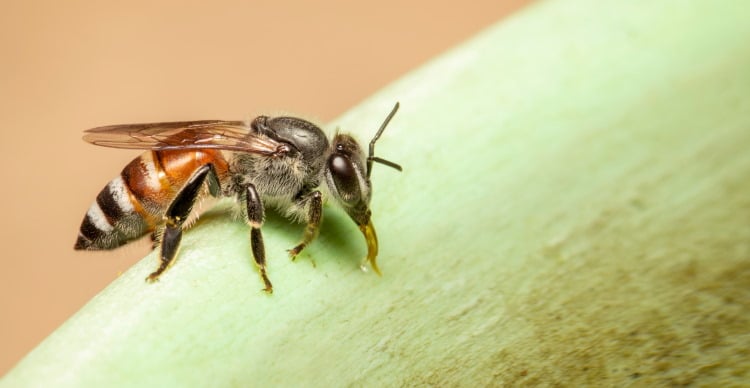
The other species all do their dance on the vertical plane of the comb. Thus they indicate direction by transposing the direction of the sun and using a straight upwards direction (to be equivalent to flying towards the sun).
In all species, the vigour with which the bee dances is directly correlated with the richness of the resource indicated. While the length of the straight run, or its omission, are indications of the distance to be travelled to the resource. This need not be a straight line, but may involve flying around some natural obstacle such as a small mountain.
The Honey Bee dance comes in three forms:
- The reversing circle or round dance, used to indicate a resource close to the hive.
- The sickle dance, only used by the the Italian race of Apis mellifera to indicate a slightly more distant resource
- The waggle dance, which is basically the circle dance with the addition of a bisecting line down the middle – during which the bee waggles her abdomen. The more intense the waggling, the closer the food source.
Different species and races use the round dance to indicate resources at different distances. Thus A. floreata, A. dorsata and A. cerana only use the round dance for distances less than 50 metres, while Apis mellifera (race) ligustica uses it for distances up to 200 metres and A. mellifera cornica for resources up to 1,000 metres distant.
Honey Bees pass on additional information to their hive mates concerning the taste and odour of the food resource by means of tropholaxis. This is when one bee regurgitates from its crop some of the nectar it has collected and feeds it to another bee. When this is happening it looks like they are kissing!
Recruitment to a site is strengthened by returning foragers passing on the location to more of the hive (a hive may have more than 40,000 workers at one time, only a few can observe any particular bee as she dances).
As in the Stingless Bees, recruitment is believed to be affected by negative feedback when workers are unable to forage efficiently at a site – either because too many workers are already present or because the site has become depleted.
Stingless Bees
Meliponine or Stingless Bees are all tropical in origin and can be found in Africa, Asia, Australia and the Americas.
They range in complexity of social organisation. From those with simple Bumble Bee like nests (Frieseomelitta sp), to the extremely complicated social lives of Trigona and Melipona species whose nests can contain as many as 80,000 workers and bees (as complicated, or more so, than those of the more familiar Honey Bee). These more complicated colonies reproduce by swarming, as do Honey Bees.
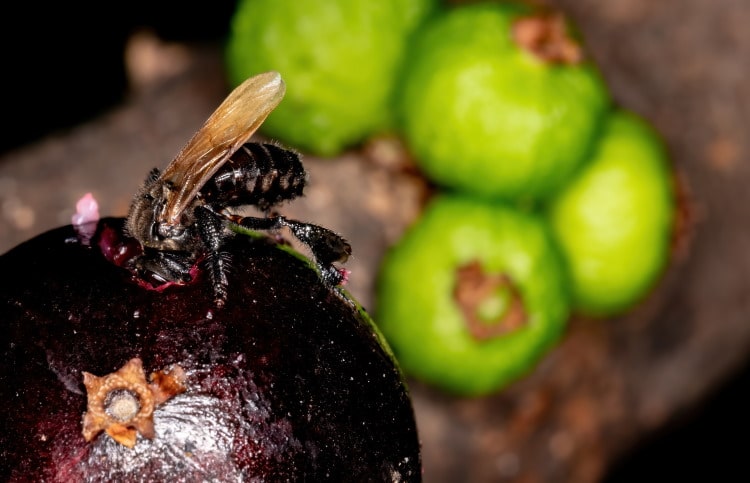
The Meliponines or Stingless bees show a greater diversity of foraging tactics and communication abilities as a group. Though all can alert nest mates to the existence of a useful food source, probably less than half can indicate a direction or distance for the food source.
Trigona postica is a good example of one of the ways in which the various different species of Meliponine can communicate.
A worker who finds a useful resource makes several straight forward foraging trips, supplying taste and odour information to her nest mates at the end of each journey via tropholaxis. Then on the third or fourth trip, she lays an odour trail using secretions from her mandibular glands.
She deposits the secretions such that the scent is strongest near the source of the food. This and the fact that the odour trail can be laid in 3D, mean that the information supplied to nest mates can be as (if not more) accurate than that supplied by a Honey Bee worker to her nest mates.
The stimulus to arouse the workers to follow an odour trail is believed to be a loud buzzing noise, made shortly after arriving at the nest. It is possible that the pulse of the buzzing increases with an increase in distance to the source. This buzzing is believed to be used by all Meliponines, even those that don’t lay an odour trail.
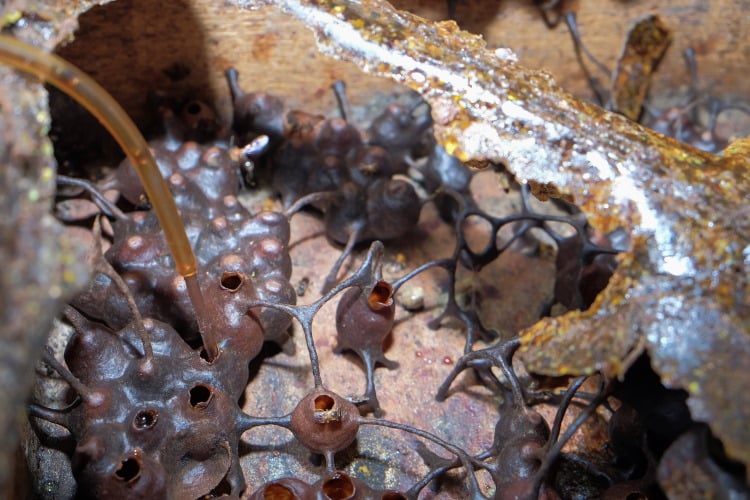
Another means of communication is displayed by Meliponna seminigra, which instead of laying a trail makes short guide flights in front of foraging recruits – indicating the direction of the resource. Possibly because of the greater density of resources in the tropical habitats used by Meliponines, they tend to forage over shorter distances than the other eusocial bees – with most species having a maximum distance of 500 metres.
Meliponines are the only eusocial bees to actively defend a resource from other bees.
Not all bees exhibit the same degree of defensiveness and they have been divided into two groups by various scientist called ‘Group Strategists’ and ‘Individual Strategists’.
Group strategists such as Trigona sylvestriana have a few scouts and rapid recruitment to large and valuable resources, these resources are then defended aggressively against all other bees. This often results in wars being fought, which can end with a lot of dead bees under and around the resource.
Trigona fulviventris is a good example of an ‘Individual Strategist’ with a lot of scouts specialising in smaller resources and recruiting only a small number of foragers to any given resource. Thus it manages to make profitable use of resources, not considered worth fighting over by the larger and more aggressive ‘Group’ species.
Final Thoughts
Well, I hope you have enjoyed learning a little about the stingless bees of family apidae!
Perhaps now you’d be interested to know more about the cynipid wasps.


